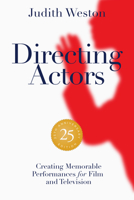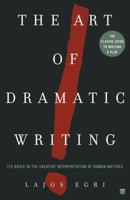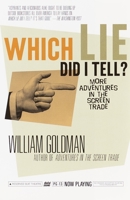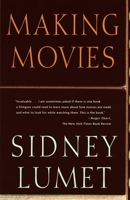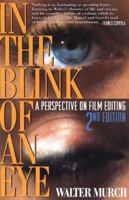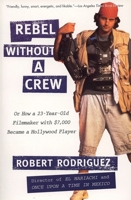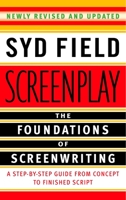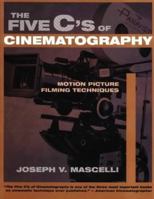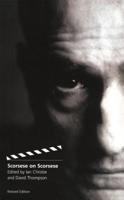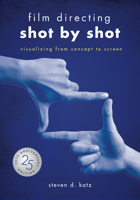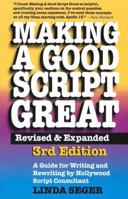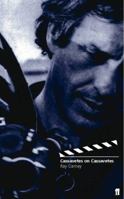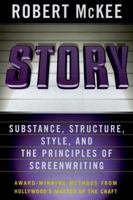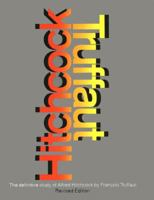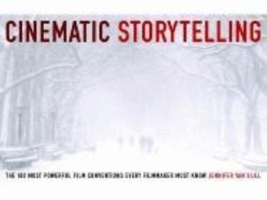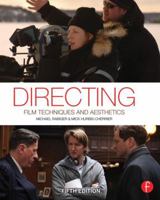On Directing Film
Select Format
Select Condition 
Book Overview
You Might Also Enjoy
Customer Reviews
Rated 5 starsHitchcock would have loved this book
Those who think that modern orgies of self-indulgence by directors such as Tarantino and Guy Ritchie are masterpieces, might think again after reading this well written and concise primer on the craft of directing.Mamet's argument is essentially that film is a visual montage of shots presented in logical order, that lead the viewer through the goal directed struggle of the protagonist. Every shot should further the immediate...
0Report
Rated 5 starsI really enjoyed this book
This book, like all the books of Mamet I have read, is very short. It taught me a lot about film making without the need to turn a whole lot of pages. I think there comes a time when even the most faithful Mamet reader says, "I've read enough of this guy's short little books, I'm moving on." I've reached that point myself. Nonetheless I'm glad I read this book and think anyone who is interested in theatre or film will...
0Report
Rated 5 starsBuy this book. It's worth it.
I have found this book to be of great use. I have highlighted much of the text and have been assimilating it since it came out in hardcover. Technology is evolving toward consumer movie making and this book can serve as a point of departure for anyone with a video camera and a desire to tell stories but no pressing desire to become a part of "the industry". His technique is admittedly rigid but is simple to understand...
0Report
Rated 5 starsAn arrow in the quiver of any fine writer.
Mamet's plays have been known for exposing gender miscommunication(Oleanna, Sexual Perversity in Chicago), investigating what drives the common man (Glengarry Glen Ross, American Buffalo) and bringing to light our fears and desires (The Duck Variations, Edmond). He has a style of theatre attributed to him, identified by blue collar, swearing, seedy characters. When NYPD Blue premiered it was referred to, by some, as Mamet...
0Report











